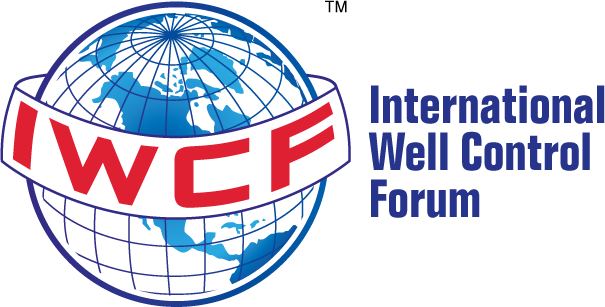This incident relates to a completion operation, and IWCF’s WIPC syllabi has a key focus on promoting safe working practices, and the importance of identifying and correctly responding to risk.
The below WIPC syllabus outcomes may contain principles relevant to this type of incident.
An element of the issue relates to identifying the hazard of trapped pressure below the tubing hanger and consequences of trapped pressure when unlocking the hanger.
Identifying and responding to risk is emphasised in WIPC syllabus outcome WI-SF-COM-02.03.01.
| Syllabus description |
Level 2 outcome |
Level 3 outcome |
Level 4 outcome |
| Risk management principles and practices. |
Describe the principles and practices of risk management including:
- Hazard identification and mitigation
- Crew meetings and handovers
- Instructions and checklists
- Toolbox talks.
|
Explain the principles and practices of risk management including:
- Identifying hazards and associated risk.
- Assessing the impact and probability of an event.
Actions to mitigate and control risk. |
Explain how and when to use risk management principles and practices to reduce the probability and the consequences of a well intervention pressure control incident. |
This incident also happened during pressure testing a rig BOP stack before pulling the upper completion. Hazards were created by the pressure testing. These risks are highlighted in IWCF syllabus outcome WI-SF-COM-05.03.02
| Syllabus description |
Level 2 outcome |
Level 3 outcome |
Level 4 outcome |
| Intervention (wireline, coiled tubing and snubbing) BOP pressure tests and function tests. |
Explain how intervention BOPs are pressure tested and function tested. |
Explain how to do pressure tests and function tests on any type of intervention BOP.
Explain the hazards and limits of low and high-pressure tests. |
From a given situation, verify how to do pressure tests and function tests on any type of intervention BOP and assess if the test results are acceptable.
Explain the hazards and limits of low and high-pressure tests. |
You can find this and previous examples of IOGP’s ‘lesson shared’ on the IWCF website here. In the next newsletter we will focus on IOGP WCI Lesson Sharing 21-04 – Gas release during abandonment operations.




